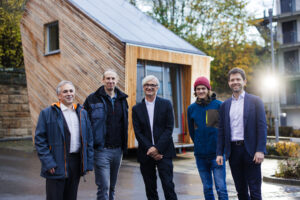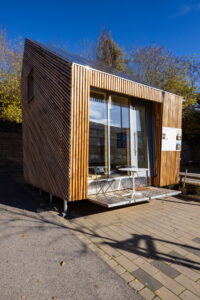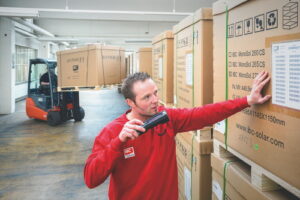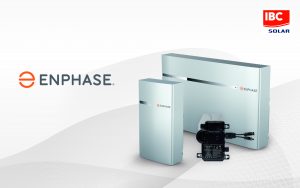Solar power for the Tiny House – An interview

In our article Tiny House – The big trend for a small footprint we already told you about our participation in the Tiny House of the Coburg University of Applied Sciences. Today, we asked two colleagues who were responsible for the project planning and coordination with the university a few questions about the background and the exact process. (more…)


